#18650 batteries
Explore tagged Tumblr posts
Text
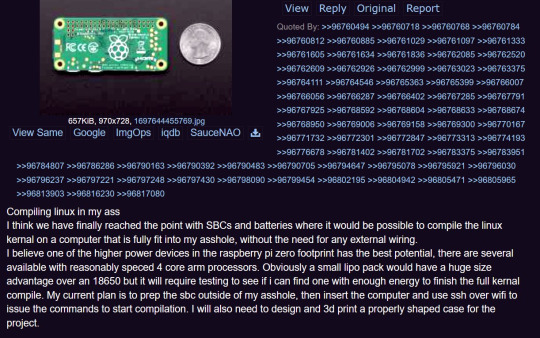
A friend sent me this screenshot earlier and I've been thinking about it all fucking day.
Like, it's definitely doable, right? It's only a matter of time until someone compiles the Linux kernel, reboots into it and, for good measure, compiles and runs Doom all from inside their butthole. And now I won't be able to stop thinking about it until someone finally does it. It's such a fucking funny idea.
#how long would it take to compile on a pi zero anyways like#would there be temp issues? how big would the battery need to be? bc I think a 18650 could potentially fit well enough tbh#someone PLEASE do it and document the entire build/process I need to know this has been done#imagine the reactions lol. hacker news/reddit/whatever imploding. robotfuckers rejoicing in the midst of it all...... life could be a dream#like if you record the process and put it on manyvids or whatever theres def an audience for this right?#(ik im setting myself up for suggestions but no i couldnt personally do it for multiple reasons)#linux#linuxposting#deerbleats
5 notes
·
View notes
Text
Me when i dont actually read the product description

6 notes
·
View notes
Text
18650 Sodium Ion Cell
【Flexible Configuration Options】 18650 Sodium Ion Battery can be arranged in various configurations to adapt to specific voltage and capacity needs, ensuring versatility in power supply solutions.
【Efficient Power Output】With the right configuration, these batteries can offer high power output, suitable for applications requiring substantial energy for short bursts or sustained use.
【Compatibility with Various Devices】 These batteries, when combined, can power a diverse range of devices, including flashlights, small electronics, DIY projects, and more, thanks to their common form factor and voltage.
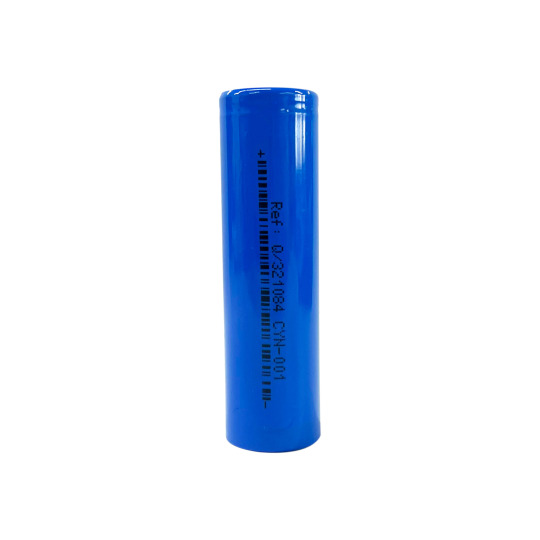

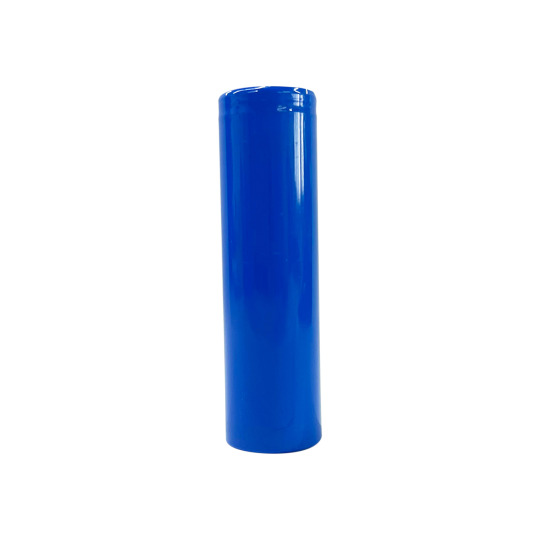
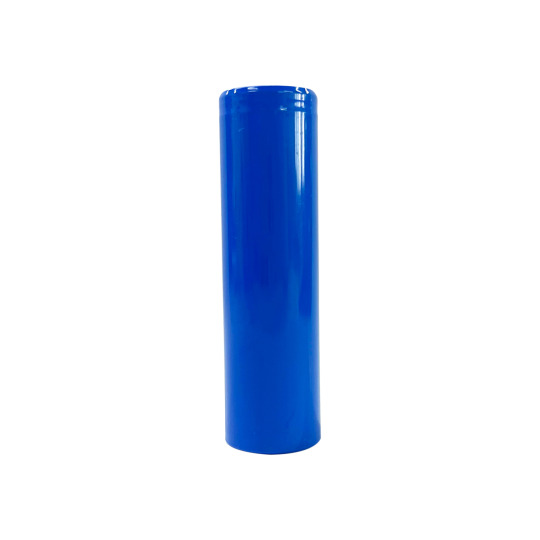
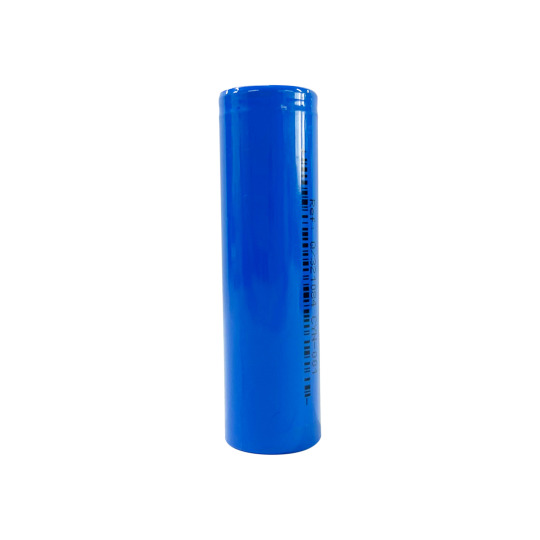
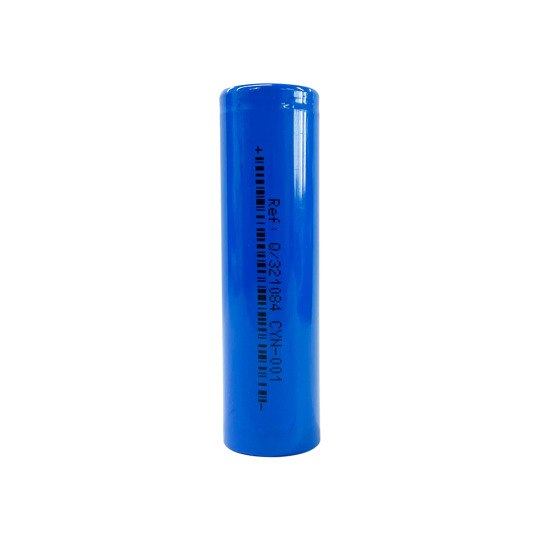
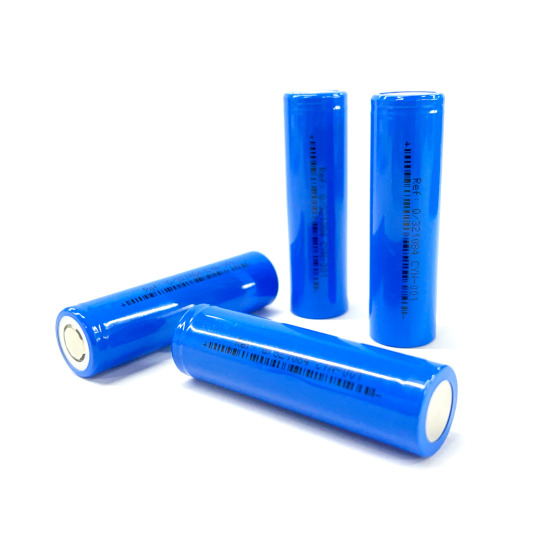
2 notes
·
View notes
Text
Usuário usa baterias de notebook para energia elétrica de sua casa
Em um fórum chamado Second Life Storage um usuário afirma que conseguiu conceber um sistema de energia para a sua casa que lhe permitiu fornecer eletricidade durante oito anos. Para fazer isso, ele usou mais de 1.000 baterias antigas de notebooks usadas. Viny Mathias – IGN. 07 jan 2025 Sistema de baterias criador por Glubux I already produce a part of the electricity that I need. I have 1.4 kw…

View On WordPress
#1.000 baterias antigas notebooks#24v to 12v Victron voltage lowerer#3KVA Victron inverter# fórum Second Life Storage# Jehu Garcia Joe Williams entusiasta Powerwall DIY#íons de lítio 18650#Carl E. Smith#CEO presidente Call2Recycle#Comecei a colecionar e agora tenho mais de 1.000 usuário usa baterias de notebook para energia elétrica de sua casa desde 2016#discarded electronics#e-waste generated globally#electricity solar panel#eletricidade#Estados Unidos EUA#Facebook YouTube fóruns#Glubux&039;s Powerwall#mais populares construtores powerwall#modelo sustentável#old 24v 460AH forklift battery#próprias versões DIY#recycled#reutilização de lixo eletrônico#sistema de energia#Tesla Powerwall#UN onu#Victron MPPT 100/50 charge controler#Viny Mathias IGN#Zo Ahmed Techspot
0 notes
Text
1 note
·
View note
Text
Attempting to Revive Knockoff Ryobi Batteries
0 notes
Text
18650 Lithium-Ion Battery | Reliable Power for High-Performance Devices
Discover the 18650 lithium-ion battery, known for its high energy density and long-lasting performance. Ideal for a wide range of high-performance devices, including flashlights, laptops, and power tools. Choose 18650 batteries for reliable, rechargeable power that keeps your devices running longer.
0 notes
Video
youtube
Learn about cylindrical lithium battery production line in one minute #b...
#youtube#Wholesale lithium battery packs lithium 18650 Lifepo4 battery cells and lithium battery chargers. you can visit: www.anpsglobal.com or email#Learn about cylindrical lithium battery production line in one minute batteryfactory productline
0 notes
Text
Preserve Night Vision with The Red Light Headlamp
Experience night vision preservation with The Red Light Headlamp at The Bright Beam. Perfect for outdoor activities, this headlamp combines functionality with the essential feature of preserving your eyes' sensitivity to darkness. Illuminate your path while maintaining optimal night vision. Upgrade your gear for a smarter and safer adventure – explore our collection now at thebrightbeam.com.
0 notes
Text
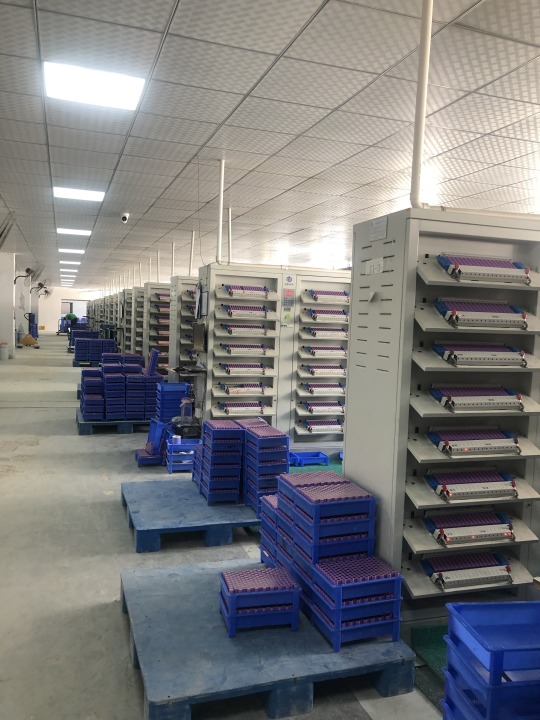
0 notes
Link
We all like to keep our network gear running during a power outage — trouble is, your standard...
#originaltags#battery hacks#bms#dc#esp32#network#rp2040#stm32#t:18650#uninterruptible power supply#ups
0 notes
Text
What are the most potential new lithium battery materials in the future?
What are the most potential new lithium battery materials in the future?
1. Silicon-carbon composite anode material
After the large screen and diversified functions of digital terminal products, new requirements are put forward for the battery life. At present, the gram capacity of lithium battery materials is low, which cannot meet the increasing demand for batteries in terminals.
As a kind of anode material in the future, the theoretical gram capacity of silicon-carbon composite materials is about 4200mAh/g, which is more than 372 times higher than the 10mAh/g of graphite anode.
At present, the important problems of silicon-carbon composites are:
During charging and discharging, the volume expansion can reach 300%, which will lead to the pulverization of silicon material particles, resulting in the loss of material capacity. At the same time, the ability to absorb liquid is poor.
Poor cycle life. At present, the above problems are solved by means of silicon powder nano, silicon carbon coating, doping, etc., and some companies have made some progress.
2. Lithium titanate
In recent years, the domestic enthusiasm for the research and development of lithium titanate is high.
The advantages of lithium titanate are:
It has a long cycle life (up to more than 10000,1 times), is a zero-strain material (volume change is less than <>%), and does not generate SEI films in the traditional sense;
High level of security. Its lithium insertion potential is high, no dendrite is formed, and the thermal stability is extremely high when charging and discharging;
Fast charging possible.
At present, the important factor limiting the use of lithium titanate is that the price is too high, higher than that of traditional graphite, and the gram capacity of lithium titanate is very low, about 170mAh/g. Only by improving the production process and reducing the production cost can the advantages of lithium titanate such as long cycle life and fast charging be put into use. Combined with the market and technology, lithium titanate is more suitable for use in buses and energy storage fields that have no space requirements.
3. Graphene
Since graphene won the Nobel Prize in 2010, it has attracted wide attention from all over the world, especially in China. There has been a boom in graphene research and development in China, which has many excellent properties, such as good light transmittance, excellent electrical conductivity, high thermal conductivity and high mechanical strength.
Potential applications of graphene in lithium-ion batteries are:
as anode material. The gram capacity of graphene is high, and the reversible capacity is about 700mAh/g, which is higher than the capacity of graphite anode. In addition, the good thermal conductivity of graphene ensures its stability in the battery system, and the spacing between graphene sheets is greater than that of graphite, so that lithium ions diffuse smoothly between graphene sheets, which is conducive to improving the power performance of batteries. Due to the immature production process and unstable structure of graphene, there are still some problems in graphene as an anode material, such as low first discharge efficiency, about 65%; Poor cycling performance; The price is higher, which is significantly higher than that of traditional graphite anode.
As a positive and negative electrode additive, it can improve the stability of lithium-ion batteries, extend the cycle life, and add new internal conductivity.
In view of the immaturity, high price and unstable performance of graphene in the current mass production process, graphene will be the first to be used as a positive and negative electrode additive in lithium-ion batteries.
4. Carbon nanotubes
Carbon nanotubes are a kind of carbon material with graphitized structure, which has excellent conductivity, and because of its small depth and short stroke when de-intercalation, it can be used as an anode material for less polarization during large-rate charging and discharging, which can improve the large-rate charge-discharge performance of the battery.
Shortcoming:
When carbon nanotubes are directly used as anode materials for lithium-ion batteries, there are problems such as high irreversible capacity, voltage lag and inconspicuous discharge platform. For example, Ng et al. prepared single-walled carbon nanotubes by simple filtration, and directly used them as anode materials, with a first discharge capacity of 1700mAh/g and a reversible capacity of only 400mAh/g.
Another application of carbon nanotubes in the anode is to combine with other anode materials (graphite, lithium titanate, tin-based, silicon-based, etc.) to improve the electrical properties of other anode materials by using their unique hollow structure, high conductivity and large specific surface area as a carrier.
5. Lithium-rich manganese-based cathode materials
High capacity is one of the development directions of lithium-ion batteries, but the energy density of lithium iron phosphate and lithium nickel-cobalt-manganese oxide is 580Wh/kg and 750Wh/kg in the current cathode materials, both of which are low. The theoretical energy density of lithium-rich manganese base can reach 900Wh/kg, which has become a hot spot for research and development.
The advantages of lithium-rich as a cathode material are:
High energy density and abundant important raw materials
Due to the short development time, there are a number of problems with the lithium-rich manganese base:
The first discharge efficiency is very low, and the material is oxygen in the cycle process, which brings potential safety hazards, poor cycle life, and low rate performance.
At present, the means to solve these problems include coating, acid treatment, doping, pre-cycling, heat treatment, etc. Although lithium-rich manganese base has obvious gram capacity advantages and huge potential, it is limited to slow technological progress, and it will take time for it to be marketed in large quantities.
6. Power nickel-cobalt-lithium manganese oxide material
For a long time, there has been a great controversy about the route of power lithium batteries, so lithium iron phosphate, lithium manganese oxide, ternary materials and other routes have been adopted. The domestic power lithium battery route is dominated by lithium iron phosphate, but with Tesla's popularity around the world, the ternary material route it uses has caused a boom.
Although lithium iron phosphate is safe, its low energy density can not be overcome, and new energy vehicles require longer mileage, so in the long run, materials with higher gram capacity will replace lithium iron phosphate as the next generation of mainstream technology routes.
Lithium nickel-cobalt-manganese oxide ternary materials are most likely to become the mainstream materials for the next generation of power lithium batteries in China. Domestic electric vehicles with ternary routes, such as BAIC E150EV, JAC IEV4, Chery EQ, Weilan, etc., have a great increase in unit weight density compared with lithium-ion iron phosphate batteries.
7. Coat the diaphragm
Separators are critical to the safety of lithium-ion batteries, requiring good electrochemical and thermal stability, as well as high wettability to the electrolyte during repeated charge and discharge.
Coated diaphragm refers to the coating of adhesives such as PVDF or ceramic alumina on the base film. The uses of coated diaphragms are:
1. Improve the heat shrinkage resistance of the diaphragm and prevent the diaphragm from shrinking and causing a large area of short circuit;
2. The thermal conductivity of the coating material is low, which prevents some thermal runaway points in the battery from expanding to form an overall thermal runaway.
8. Ceramic alumina
In the coated separator, the ceramic coated separator is mainly aimed at the power lithium battery system, so its market growth space is larger than that of the glued separator, and the market demand for its core material ceramic alumina will be greatly increased with the rise of ternary power lithium battery.
The purity, particle size and morphology of ceramic alumina used to coat the separator have high requirements, and the products of Japan and South Korea are more mature, but the price is more than twice as expensive as the domestic ones. At present, there are also many companies in China that are developing ceramic alumina, hoping to reduce dependence on imports.
9. High-voltage electrolyte
Increasing the energy density of batteries is one of the trends of lithium-ion batteries, and there are currently two important ways to increase energy density:
One is to increase the charging cut-off voltage of traditional cathode materials, such as increasing the charging voltage of lithium cobalt oxide to 4.35V and 4.4V. However, the method of increasing the charging cut-off voltage is limited, and further increasing the voltage will lead to the collapse of the lithium cobalt oxide structure, which is unstable in nature.
The other is to develop new cathode materials with higher charging and discharging platforms, such as lithium-rich manganese-based, lithium nickel-cobalt oxide, etc.
After the voltage of the cathode material increases, the high-voltage electrolyte to be matched with it, additives play a key role in the high-voltage performance of the electrolyte, which has become the focus of research and development in recent years.
10. Water-based binder
At present, cathode materials mainly use PVDF as a binder, which is dissolved with organic solvents. Organic solvents are also used in the binder system of the negative electrode, such as SBR, CMC, and fluoroolefin polymers. In the process of electrode production, the organic solvent should be dried and volatilized, which not only pollutes the environment, but also endangers the health of employees. The dried and evaporated solvents need to be collected and processed in special freezing equipment, and fluoropolymers and their solvents are expensive, adding to the production cost of lithium-ion batteries.
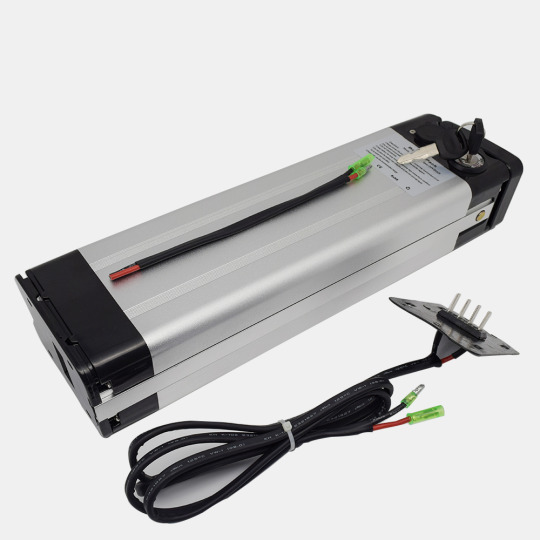
0 notes
Text
0 notes
Text
How Do 18650 Lithium Ion Batteries Meet High Power Applications?
Find how 18650 lithium-ion batteries meet high power applications with their superior energy density, long cycle life, and fast charging capabilities. Ideal for electric vehicles, power devices, and convenient hardware, these batteries give solid and productive power arrangements. Dive more deeply into the advantages and innovation behind 18650 lithium-particle batteries and how they can improve your powerful gadgets.
0 notes
Text
Cursed with the knowledge that 18650 is not a year
0 notes
